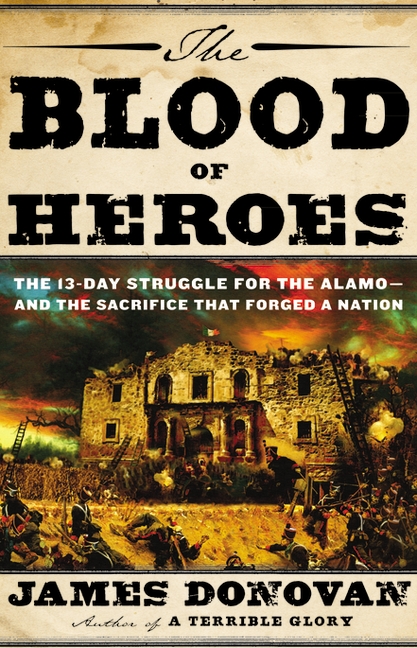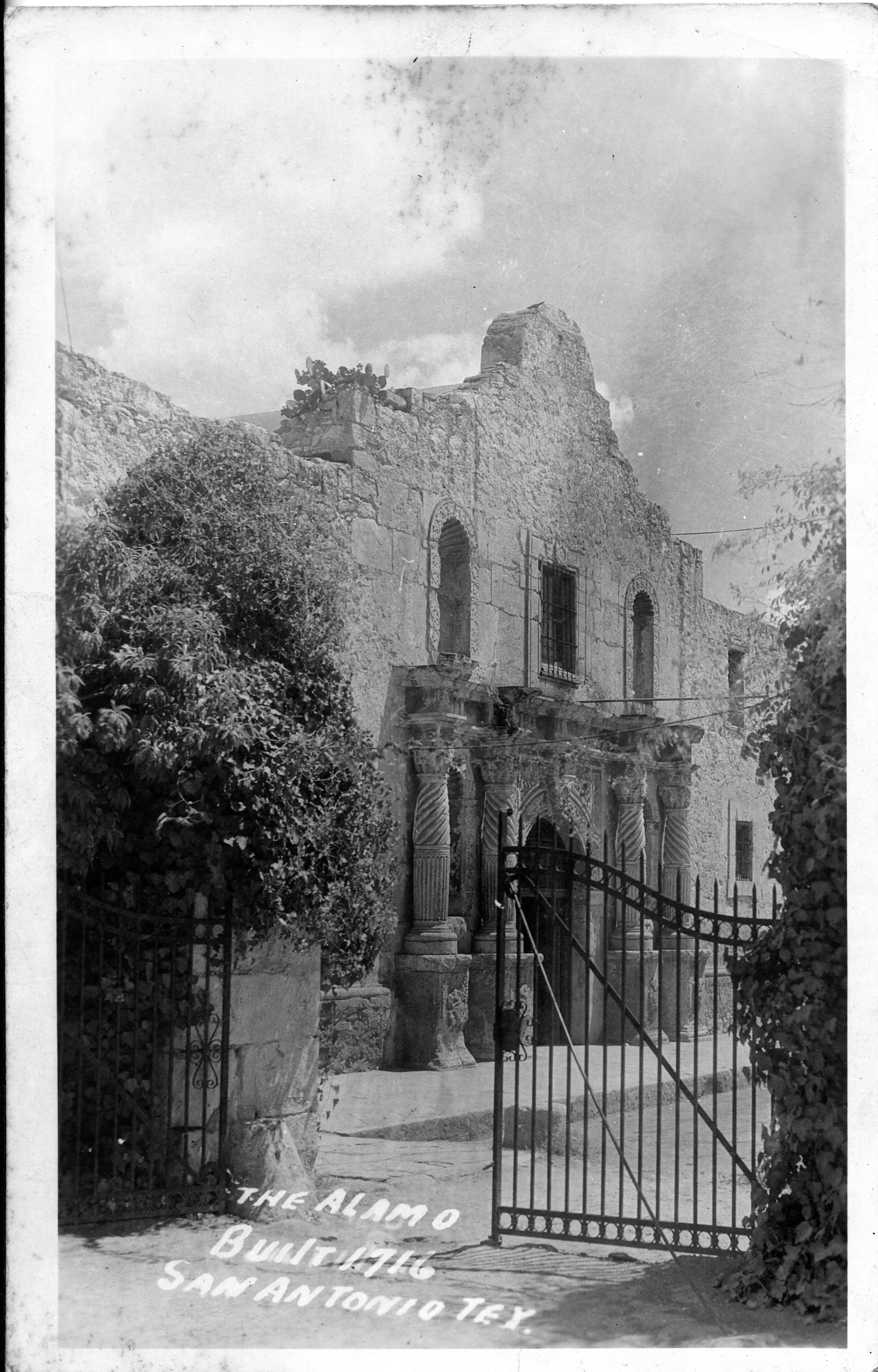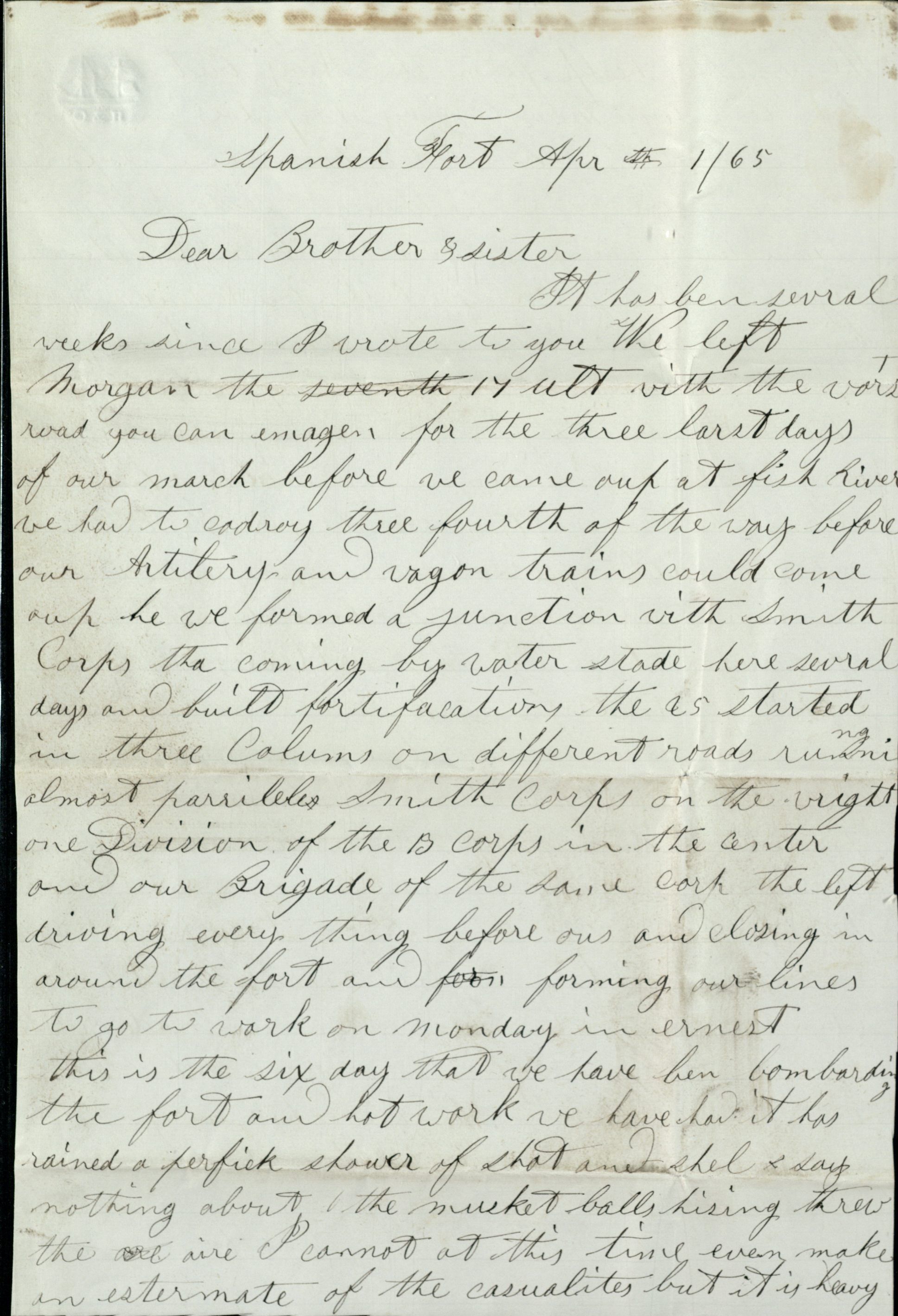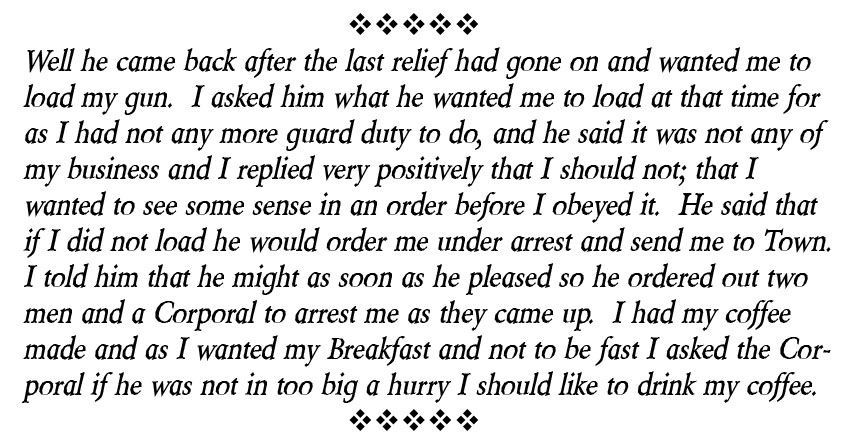Each month, we post a processing update to notify our readers about the latest collections that have finding aids online and are primed for research. As we did in December, we have a few special entries from the Archival Collections and Museums class that worked on an archival processing project with us here at The Texas Collection. (Read more about that project from a student’s perspective.) Here’s the scoop for January:

- Bertie Routh Barron Papers, 1897-1972, undated: These papers contain correspondence, financial documents, literary productions and photographic materials pertaining to Barron’s life, particularly the time she spent at Baylor Female College.
- De Cordova Family Papers, 1845-1956: The chronology of the collection ranges from 1845 to 1956, but the bulk of the materials originated from 1845 to 1863 when Jacob de Cordova was most active as a land agent in Texas. Most materials are correspondence or legal documents related to land sales in central Texas, particularly Bosque and McLennan counties. (Archives class)
- Olive McGehee Denson Papers, 1916-1957, undated: The bulk of the Denson papers are scrapbooks about Texas and church history. There are also photographs from Independence, Texas. (Archives class)
- James M. Kendrick Jr. Papers, 1922-1945: Kendrick’s papers include various items of correspondence between family and friends of Kendrick, as well as some financial and legal documents. There is a large number of literary productions, comprised of an assortment of documents and Kendrick’s own diaries. Also present are several photographs and artifacts pertaining to his time at Baylor University. (Archives class)
- Harry Raymond Morse Jr. Collection, 2000: This collection consists of four cassette tapes containing oral history interviews related to the Waco Tornado of May 11, 1953.

- Simons-Stoner-Rose Family Papers, 1828-1977, undated: The Simons-Stoner-Rose Family Papers are comprised of original correspondence, legal and financial documents, literary productions, military records, printed materials, family histories, and photographs pertaining to five families (including Wells, Simons, Kay, Stoner, and Rose) in Texas from its pre-republic days to the late twentieth century. (Archives class)
- Henry Trantham Papers, 1894-1962, undated: Trantham’s papers consist of correspondence, administrative and academic materials, and other loose materials related to Baylor University and the Greek and Classics Departments, the Southwest Athletic Conference, and the Rhodes Scholarship program. (Archives class)
- Charles Wellborn Papers, 1945-2009: This archives contains sermons and other materials primarily from Wellborn’s time as pastor of Seventh and James Baptist Church in Waco, Texas.





















